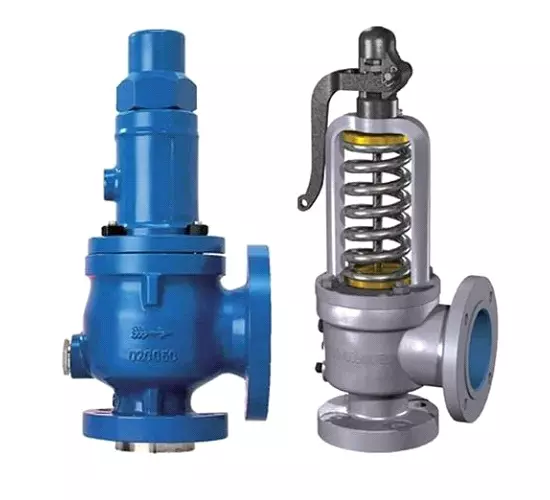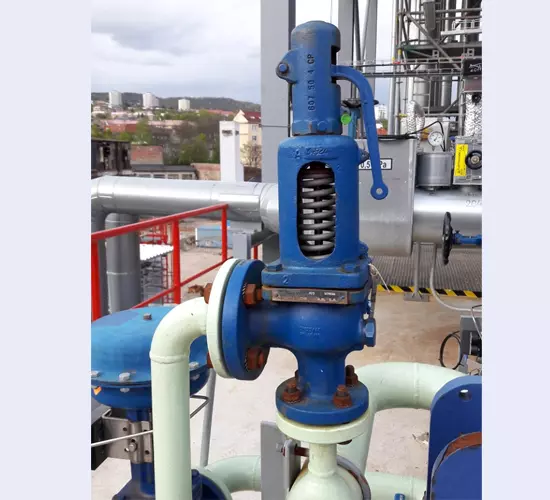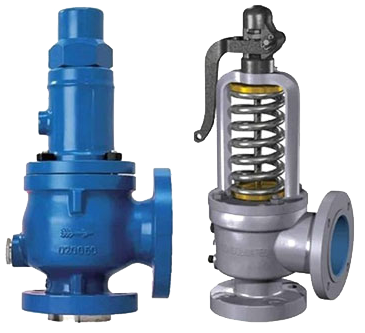
Below are some of the reasons why we need to perform calibration and testing of PSV regularly:
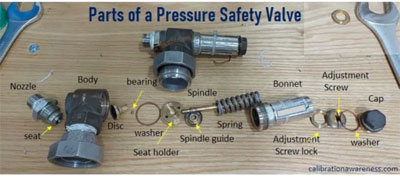
The calibration setup is the same with the pressure gauge, the only difference is that PSV has no display to be seen.
There are 2 setups you can implement.
PSV calibration is done by comparing the set pressure, which is the rapid releasing action (popping) of the PSV, to the displayed value of the reference standard. The pressure relief valve testing procedure to verify the accuracy of output pressure (set pressure) is the same.
This can be best understood under the term blowdown pressure which is the difference between the set pressure and reseating pressure.
Because of the rapid popping action during the discharge, it is hard to notice the difference of set pressure and overpressure. Without the tolerance specified, set pressure and overpressure reading are the same, mostly for results higher than set pressure.
We are using a 10% tolerance or the tolerance specified by the manufacturer or as per the requirement of the user as the basis for a pass or failed verification.
Since a PSV is purely mechanical. It can be repaired or adjusted. The adjustment is simple, you just need the right tool.
PSV has a set pressured that is determined by the strength of the spring inside it. The more the spring it is compressed, the stronger or higher the pressure it can withstand or create.
In order to adjust the set pressure, we need to change the compression and/or the elongation of the spring by rotating the adjusting screw located just above the spring.
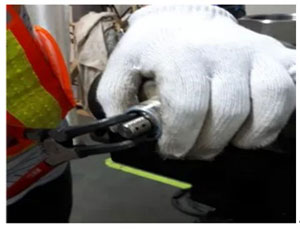
3 Steps to perform Adjustments:
Simply rotate the screw until the desired range is achieved. But be careful not to over rotate, you may damage the spring.
